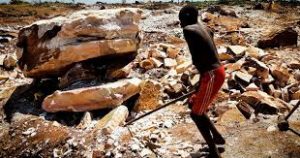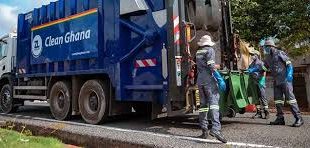
As Ghana joins the rest of the world to mark the 2025 World Day Against Child Labour, the Commission on Human Rights and Administrative Justice (CHRAJ) has issued a strong warning: the country’s child labour crisis is far from over.
Despite existing laws and policies, CHRAJ says more than 1.1 million children aged 5 to 17 are currently engaged in child labour, and nearly 30% of them are working in hazardous conditions that put their health, safety, and moral development at risk.
This year’s global theme, “Progress is clear, but there’s more to do: Let’s speed up efforts,” serves as a reminder that child labour remains a serious human rights concern in Ghana and globally.
According to CHRAJ, many of these children are working in agriculture, domestic service, street vending, small-scale mining, and informal apprenticeships.
These jobs often expose children to dangerous chemicals, long hours, physical abuse, and loss of access to education.
500,000 working children are out of school, 68,500 have never attended school
389,000 have dropped out
Meanwhile, Ghana’s broader youth population is also feeling the impact.
As of late 2023, nearly 2 million young people aged 15–35 were classified as Not in Education, Employment or Training (NEET), a reflection of deepening economic challenges and limited opportunities.
Ghana has taken several legal and policy steps to combat child labour, including the ratification of ILO Conventions 138 and 182, the Passage of the Children’s Act (1998) and Labour Act (2003) of the Ghana Accelerated Action Plan Against Child Labour (2023–2027)
However, CHRAJ says these measures are being undermined by weak implementation. Child protection offices across the country are underfunded, understaffed, and lack proper training. Coordination between agencies is limited, and enforcement is often absent at the community level.
Additionally, poverty and harmful cultural norms continue to push families to rely on child labour as a means of survival.
To reverse the trend, CHRAJ is calling for urgent and coordinated national action. Key recommendations include:
Updating national child labour data through regular surveys, developing a digital monitoring system to improve case tracking and coordination, resourcing local Social Welfare offices to detect and respond to cases, expanding social protection programmes like LEAP, linked to school attendance and strengthening law enforcement to ensure child exploiters face legal consequences.
 Uniquenewsgh.com News, Politics, African News Updates & More
Uniquenewsgh.com News, Politics, African News Updates & More



